Safety Protection: Safety switches are used to protect personnel, machinery, and processes from accidents and injuries by ensuring that safety-critical conditions are met before equipment can be operated. They are an essential component of machine safety systems.
Operation Principle: Safety switches typically consist of a switch mechanism and an actuator. The switch mechanism is connected to the machinery’s control system, and the actuator is attached to a movable guard or access door. When the guard or door is closed properly, the actuator engages with the switch mechanism, allowing the machine to operate. If the guard or door is opened or tampered with, the actuator disengages from the switch, triggering a safety stop to prevent operation.
Types of Safety Switches:
Interlock Switches: These switches are used to monitor the position of guards or access doors on machinery. They ensure that the guard is closed before the machine can be operated.
Emergency Stop Switches: Also known as e-stops, these switches provide a quick and easy way to stop machinery in emergency situations. They are typically large, prominent buttons that can be pressed to immediately halt equipment operation.
Limit Switches: While not exclusively safety switches, limit switches are used to detect the presence or absence of an object within a predefined range of motion. They can be integrated into safety systems to ensure that machinery operates within safe limits.
Two-Hand Control Switches: These switches require operators to use both hands simultaneously to operate machinery, ensuring that they are at a safe distance from hazardous areas.
Sensing & control devices
safety switches
Safety switches, also known as safety interlock switches, are devices designed to prevent hazardous situations by ensuring that certain conditions are met before allowing a machine or equipment to operate

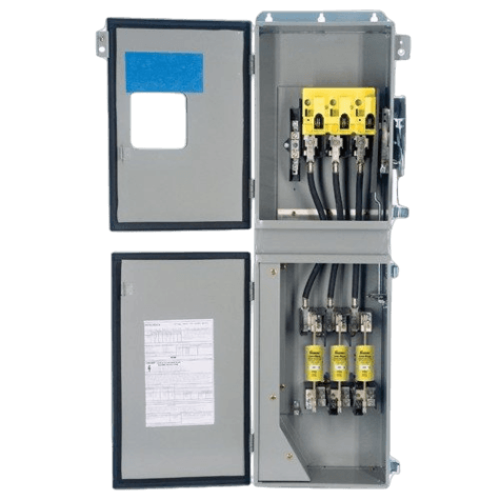
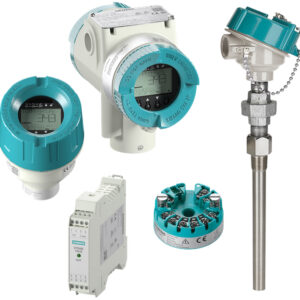
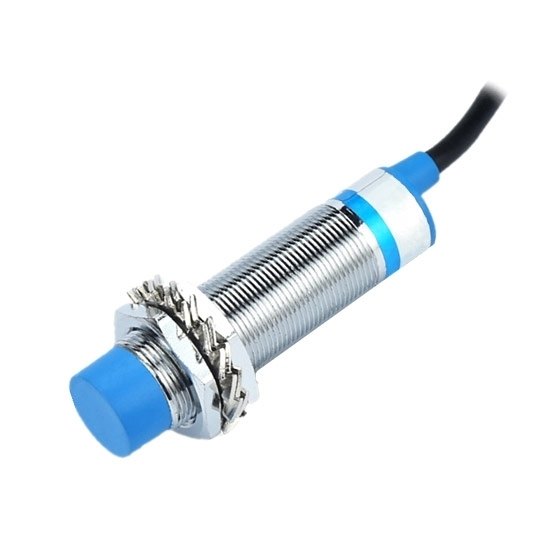
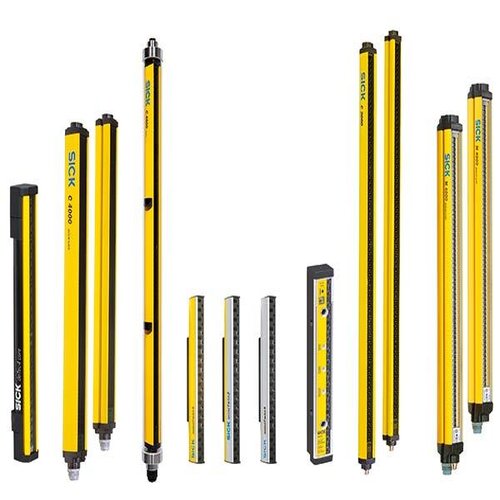
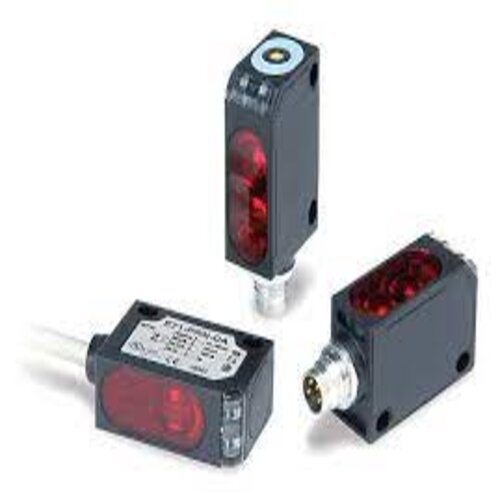









Reviews
There are no reviews yet.